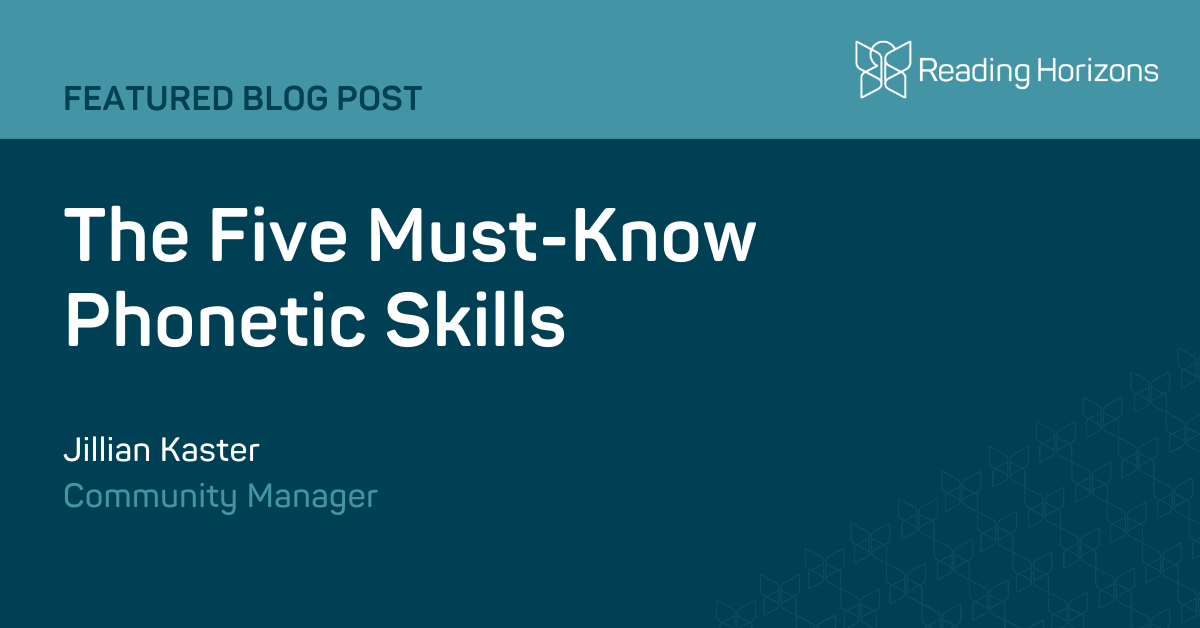
When children are young, they often rely solely on phonetics to read and spell. Phonetics is the study of speech sounds. When novice writers spell phonetically, they “sound out” the word they want to write and record one letter for each sound they hear. As a kindergarten teacher, I’d often see “bik” for bike or “bot” for boat. The same concept applies to reading. At the beginning of the year, when my students would try to sound out an unknown word, they would give each letter a sound like “/h-/ō/-/p/-/e/, hopé.” Or they might read the word “tub” like “/t/-/ū/-/b/, tube.” Reading and spelling phonetically is a developmentally important milestone because it helps the students strengthen their phonemic awareness skills and understand that letters represent sounds. Yet, we as educators must be able to move our students past this developmental stage and into phonics so they can master the patterns of the English language. This will enable them to write and read accurately and fluently and free up their cognitive space to focus on comprehension and context.
There is good news! Did you know there are rules that govern whether a vowel will be pronounced short or long? It doesn’t have to be guesswork for your students.
Memorizing and using these five skills is an indispensable tool and reading strategy used in explicit phonics instruction to decode, pronounce, and spell one-syllable words.
Here are the Five Phonetic Skills:
- Phonetic Skill #1: When one consonant and nothing more follows the vowel, the vowel will be short. Examples: sun, cat, mop.
- Phonetic Skill #2: When the vowel is followed by two consonants and nothing more, the vowel will be short. Examples: jump, last, mint.
- Phonetic Skill #3: When a vowel stands alone, it will be long. Examples: go, I, she.
- Phonetic Skill #4: When a word ends with a silent e, the first vowel will be long. Examples: hope, bake, tune.
- Phonetic Skill #5: When vowels are adjacent, the second vowel is silent, and the first vowel is long. Examples: boat, seat, feel.
Note: There are exceptions to these rules. These rules apply to the majority of English words, but there are words that do not follow these rules. Because these rules apply to the majority of words, they are a helpful tool for beginning readers, struggling readers, and English Language Learners. These rules are based on the Reading Horizons instructional method.
Want to learn more teaching methods? Download our free eBook that provides essential rules and strategies for phonics instruction.
This blog post has been updated for content and republished.

